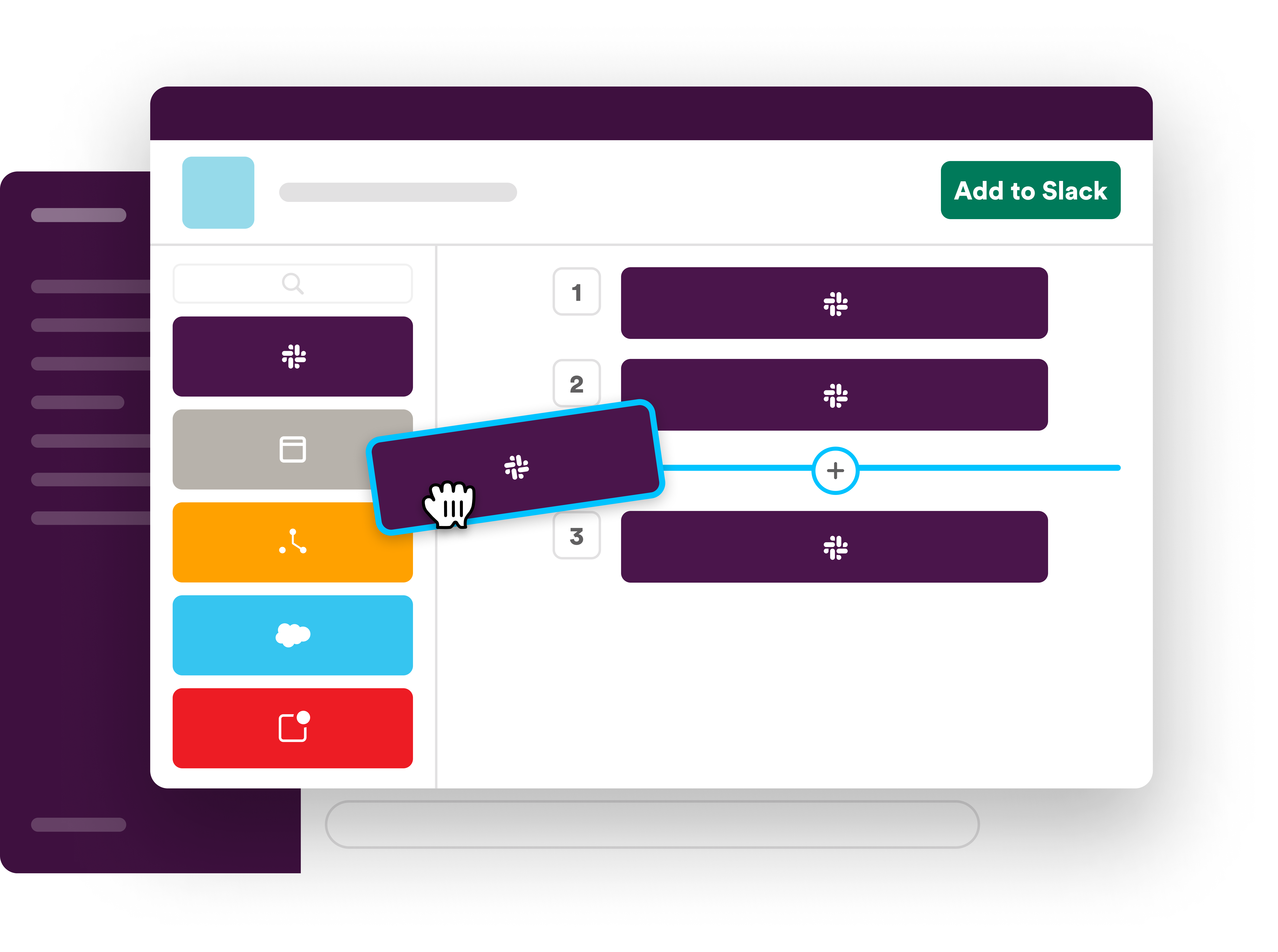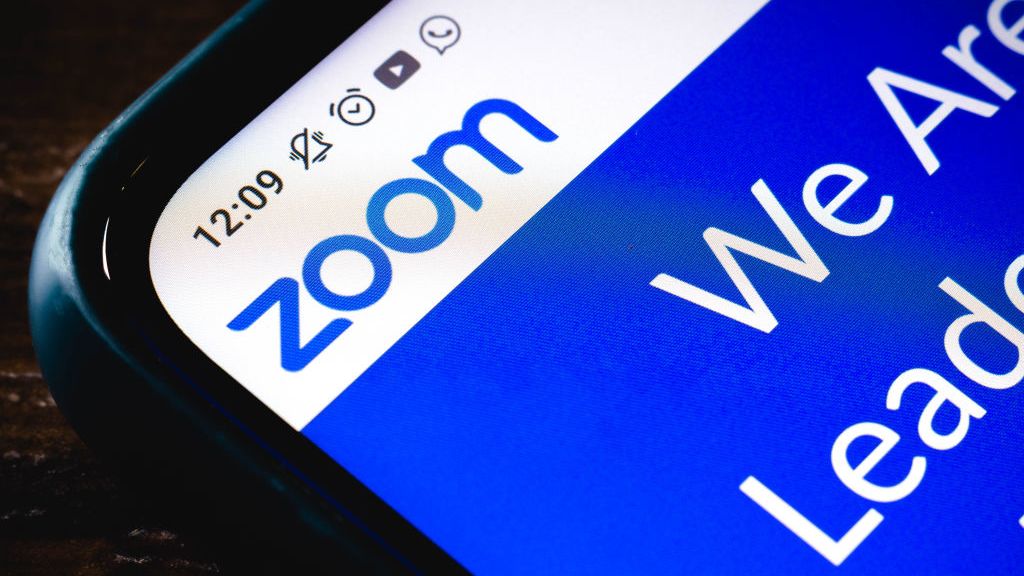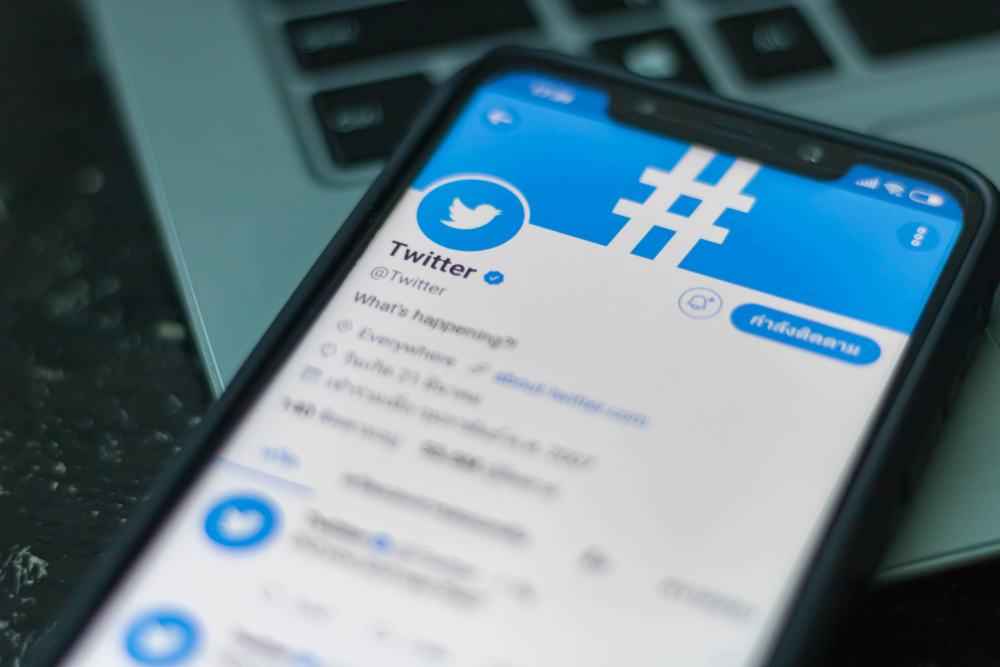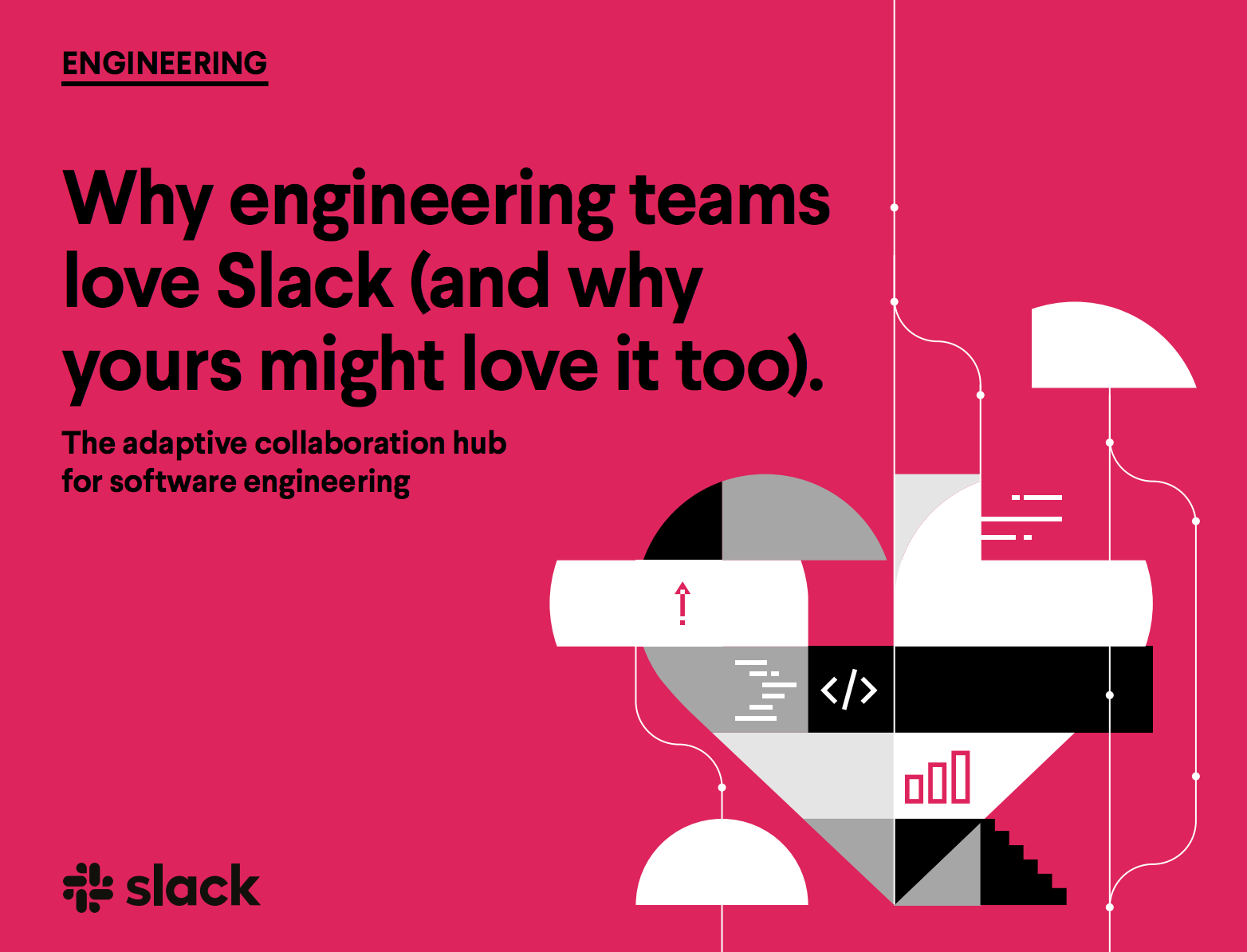Slack doubles down on 'digital HQ' plans with launch of no-code tools
The communications platform wants to empower all users to make work simpler and more productive


Slack has doubled down on its 'digital HQ' plans with the launch of new features to help any user customise their workflow, no matter their technical prowess.
At its Frontiers conference this week, Slack said it had "completely rebuilt and re-engineered" its communications platform from the ground up in a bid to empower users to make work life simpler and more productive.
This includes automated and no code functions that enable organisations to tailor their Slack app to suit. The idea of a 'virtual HQ' is to place a common space (a digital one) at the heart of a dispersed workforce, but like a physical office, Slack is implementing ways to change its platform to suit an organisation.
"Just like no two businesses run the same, no two digital HQs are alike," the company said. "Teams need the ability to tailor solutions based on their unique business needs and we're on a mission to make that happen.
"In fact, we've already seen thousands of organisations like Noom use Workflow Builder to automate routine onboarding tasks and offer essential resources to new hires, saving time while achieving 100% new-hire engagement."
The Workflow Builder is a core element of the new Slack platform, which allows users to automate work for themselves and other members of their team - all without the need to write code. The key here is that anyone within the organisation can create a workflow in Slack, simply by dragging and dropping existing apps and customising the way they work to suit. According to Slack, since Workflow Builder launched, more than 400,000 users have built workflows, with 80% of customers building workflows in their digital HQs being non-developers.
The communication platform also revealed 'Sign in with Slack links', which is set to be released next year. This allows users to seamlessly connect their tools using Slack account information. There's also 'Subscribe in Slack', a tool to add notifications from other third-party apps that are integrated into a user's Slack workspace.
Get the ITPro daily newsletter
Sign up today and you will receive a free copy of our Future Focus 2025 report - the leading guidance on AI, cybersecurity and other IT challenges as per 700+ senior executives
Slack-first app deployment will let developers host and store the data that powers their apps in Slack and be able to attach "invisible metadata' to their messages. The benefit here is that other apps will be able to communicate with each other via Slack; for example, the different calendar apps of two people at two different companies can directly talk to each other and schedule a meeting through Slack when they're linked through Slack Connect.
RELATED RESOURCE

Seven steps to connect and empower your frontline workers
How business leaders can improve communication with a secure platform
"Everyday Slack users can now build and automate workflows for their teams without leaning on IT or writing any code. For developers, not only are they now free to focus on more interesting work, we've cut their deployment time down from days to minutes," said Steve Wood, Slack's VP of product, developer platform
There are also new additions for Slack Connect, the platform's external communication feature. Coming early next year, users will be able to collaborate with up to 250 organisations in one channel. And, later in the year, customers will have the ability to set up secure work environments for large, complex projects with thousands of partners right in Slack.
"Whether you're planning a large-scale event like Dreamforce with hundreds of vendors or managing a multi-year construction project spanning thousands of vendors, everyone has access to the channels, apps and people needed to get their jobs done," Slack said. "This gives teams a monumental leap forward in collaboration, flexibility and control."
Bobby Hellard is ITPro's Reviews Editor and has worked on CloudPro and ChannelPro since 2018. In his time at ITPro, Bobby has covered stories for all the major technology companies, such as Apple, Microsoft, Amazon and Facebook, and regularly attends industry-leading events such as AWS Re:Invent and Google Cloud Next.
Bobby mainly covers hardware reviews, but you will also recognize him as the face of many of our video reviews of laptops and smartphones.
-
 Bigger salaries, more burnout: Is the CISO role in crisis?
Bigger salaries, more burnout: Is the CISO role in crisis?In-depth CISOs are more stressed than ever before – but why is this and what can be done?
By Kate O'Flaherty Published
-
 Cheap cyber crime kits can be bought on the dark web for less than $25
Cheap cyber crime kits can be bought on the dark web for less than $25News Research from NordVPN shows phishing kits are now widely available on the dark web and via messaging apps like Telegram, and are often selling for less than $25.
By Emma Woollacott Published
-
 What the UK can learn from the rest of the world when it comes to the shift to IP
What the UK can learn from the rest of the world when it comes to the shift to IPSponsored From the Netherlands to Singapore, UK organisations can learn lessons from forward-thinking countries and make the PSTN switchover as seamless as possible
By Keumars Afifi-Sabet Published
-
 The big PSTN switch off: What’s happening between now and 2025?
The big PSTN switch off: What’s happening between now and 2025?Sponsored The challenges of adopting IP telephony can be overcome, but you don't have long to act
By Rory Bathgate Published
-
 How digital marketing will evolve beyond social media
How digital marketing will evolve beyond social mediaIn-depth Twitter's ongoing destabilisation proves businesses can't rely on social media for digital marketing forever
By Elliot Mulley-Goodbarne Published
-
 TD Synnex Maverick announces availability of Zoom for partners in Europe
TD Synnex Maverick announces availability of Zoom for partners in EuropeNews Partners now have access to the entire Zoom portfolio, including unified communications platform Zoom One
By Daniel Todd Published
-
 Best Twitter alternatives for businesses and IT professionals
Best Twitter alternatives for businesses and IT professionalsIn-depth With its long-term viability as a networking and commercial space in question, the industry is casting its eye to several Twitter alternatives
By John Loeppky Published
-
 BT Wholesale is bringing EE’s mobile connectivity to partners
BT Wholesale is bringing EE’s mobile connectivity to partnersNews The partnership will provide access to EE’s 4G and 5G networks as the PSTN switch-off approaches
By Daniel Todd Published
-
 Why engineering teams love Slack
Why engineering teams love SlackWhitepapers The adaptive collaboration hub for software engineering
By ITPro Published
-
 Avaya's Wavenet partnership aims to deliver affordable enterprise-quality UCaaS
Avaya's Wavenet partnership aims to deliver affordable enterprise-quality UCaaSNews The collaboration combines unified-communications-as-a-service (UCaaS) and contact centre-as-a-service (CCaaS) with bundled calls and minutes
By Daniel Todd Published